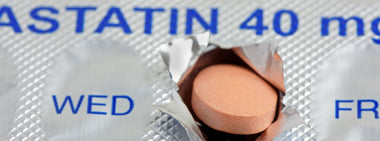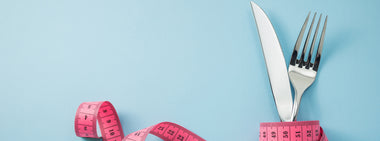How to break up with salt
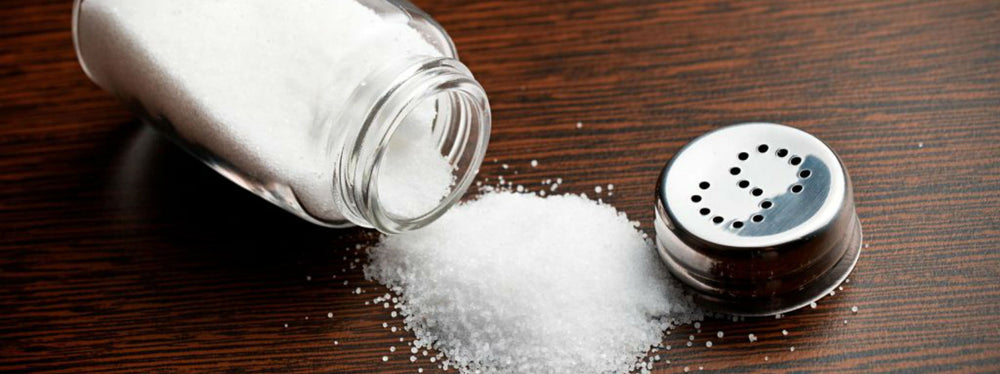
Last week’s blog discussed the significant impact reducing sodium could make on blood pressure – and hence the risk of heart disease and stroke - especially if we only consume around 500 mg of it per day.
500 mg (the equivalent of a quarter teaspoon of salt) may be unrealistic, but cutting back and aiming for under 1500 mg per day is achievable if you follow these simple steps:
- Educate yourself. Look at nutrition panels on packaging and check out on-line nutrition listings for chain restaurants to determine sodium amounts per serving. But don’t just look at the sodium levels listed – also confirm serving size. Sometimes a “serving” is ½ of a muffin. And who’s kidding who? Regardless, some labels will shock you. A serving of roasted carved turkey might contain over 5000 mg! A couple of slices of pizza might be over 1500 mg. The bun component of the subway sandwich might deliver 600 mg all on its own.
- Learn the lingo. Don’t assume “reduced sodium” on a food label as being a green light to purchase/consume. To be called “reduced in sodium” the item must contain 25% less sodium than the original version. But if the original version had 1000 mg of sodium per serving (which is not uncommon for canned soup), 750 mg is not much better. “Low sodium”, “very low sodium” and “no sodium” on the other hand are safe choices, indicating that a serving contains less than 140 mg, 35 mg, and 5 mg of sodium per serving, respectively.
- Don’t just focus on cutting back. Purposefully ADD IN food items you know are sodium free. And what are those? Fresh fruits and vegetables. And, if you want to get the maximum benefit, eat those BEFORE you eat what you were going eat already. So have an apple before you dig into the pizza. Have you solved everything? No – but filling up with an apple first will mean that you might take in fewer bites of pie. And in that way, you will not only consume less salt, you will also take in fewer calories while increasing your intake of whole food fiber, antioxidants and other phytonutrients.
- Go halfsies. Dilute salted versions of foods you love with unsalted versions. For example, if you love salted peanuts, buy an equal amount of unsalted ones and mix them together. I guarantee you will still love the combo – even though you cut the sodium in half.
- Don’t turn low sodium foods into salt bombs. Dousing your salad with purchased dressing or your broccoli with cheese sauce could defeat the purpose of eating salad and broccoli. A great strategy here is to serve your dressing or sauce on the side and dipping your fork in the dressing/sauce before your dip your fork into the food.
- In the kitchen and at the dinner table, substitute spices, herbs, and salt-free blends for salt.
- Rinse canned foods to wash off some of the salt.
- Cook at least some of your meals from scratch. If you’re in charge of the ingredients, you control the salt content.
- Eat Step One Foods. 6 out of 7 of our products contain NO sodium. So you can have a delicious breakfast or snack without putting any sodium into your body. Which still leaves you 1500 mg of sodium for the rest of the day.
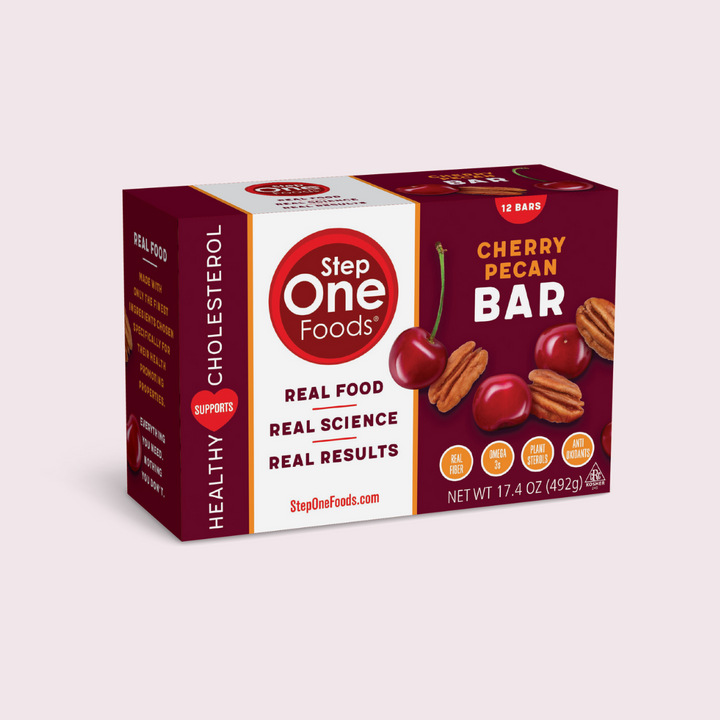
Try our Newest Bar!
Cherry Pecan Bar
Discover the perfect harmony of cherries and pecans in our Cherry Pecan Bar. Montmorency cherries, renowned for their antioxidant and anti-inflammatory properties, are combined with premium pecans to create a delicious blend of sweet, tart, and nutty flavors. Packed with white chia seeds, flax, and walnuts, this bar offers more than just taste—it's a superfood-filled snacking option. Our Cherry Pecan Bar is the perfect choice, whether you're on the go or seeking a nourishing treat.
Get heart health tips and articles like this, delivered right to your email.
New articles every week.
You may also like...

How bad is heart disease in your state? And what can you do about it?
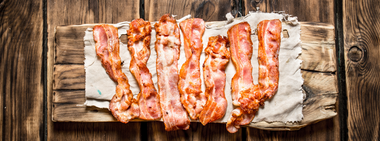
You don’t need to avoid foods with cholesterol…except for these
